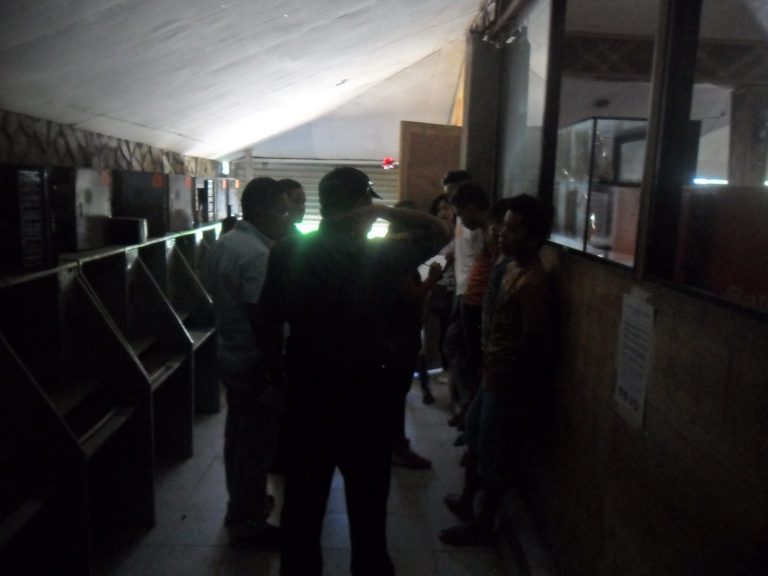Truancy is a mix of environmental, economic, and behavioral factors which perpetually reflect in a learner’s output and challenges the effectiveness, viability and efforts of the instructors. It is noted that students who stay away from school without permission will not only be left out in the learning process but they may also probably end up engaging in antisocial behavior such as in drug abuse, gangsterism, bullying, alcohol consumption, free and unregulated sex, gambling and loitering with their negative consequences and experience.
Nawaz (2005) posited that truancy is a discipline problem with strong challenge to the resources, facilities and expertise of the school’s counselling services and its curricular structure.
In the schools, truants can be labelled as poverty prone and at-risk students who are faced with a number of educational challenges which require the building of counselors’ professional capacity to prevent its negative consequences to students and learning.
Usually, students have high rates of absenteeism, poor academic performance, adjustment problems, lack of interest in schools and poor attitude to school work and learning. Such students need the assistance of professional counselors to cope with the academic and social problems and challenges associated with schooling.
The persistence and growing phenomenon of truancy among secondary school students suggest the need to build the professional capacity of school counselors to mitigate the negative effects of this attitude among high school students.
The magnitude or prevalence of truancy remains a factor yet to be thoroughly examined among secondary school students. Related to the prevalence of truancy are factors suspected to predispose students to truancy.
The Concept Of Globalization and the Challenge for African Youths
Many experts and counselors have investigated the causes of truancy as regards a learner’s academic performance. Yet, these studies left zero answers on the vital questions about the prevalence of and factors which predispose students to truancy. Answers to these questions are pertinent to understanding and improving school facilities and guidance and counselling services to eliminate truancy among school students.
Truancy predisposes students to dropping out of school as students often demonstrate a pattern of increase absence from school over a period of time. It has also been academic-wise described as an act of intentionally absenting oneself from school without permission, leaving without authorization and dodging of specific classes.
There are many factors that facilitate this attitude among students. Among such factors are lack of qualified teachers, lack of teaching and learning materials, lack of dedication on the part of teachers, home factor (marital adjustment and broken homes, lack of affection, disability of parents).
Therefore, it’s important to understand that to find out the problem, it’s of upmost important to realize the sole causes. These causes were grouped into four categories such as student demographics, family characteristics, student’s personal and psychological factors and school climate.
Williams (2000) observed that truancy has interfered adversely with students’ academic performance as well as their moral standard. Inadequate guidance and counselling services in schools has been identified as one of the major factors responsible for an increasing rate of truancy among students in schools students because of the many potentials of truancy to derail set educational objective of the students and the school and in view of the short and long-term impact of truancy on students learning and personal development.
What is an Essay, Types of Essay And Essay Writing Examples
Causes of Truancy
- Fear of disciplinary action
- Difficult assignments
- Bulky TO-DO homework list.
- Peer Loitering
- Engaging in illegal activities such as drug and substance abuse, drug trafficking and stealing
- Cultism
- Gambling
- Conflicted Home
- Violent siblings
- Feelings of neglect
- Financial constraints





